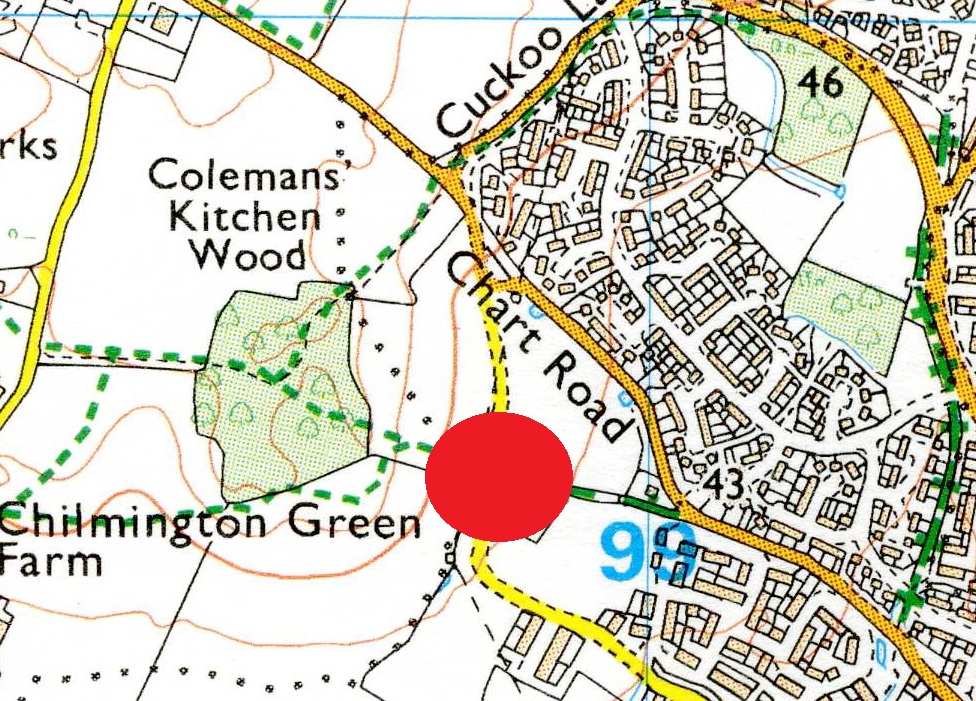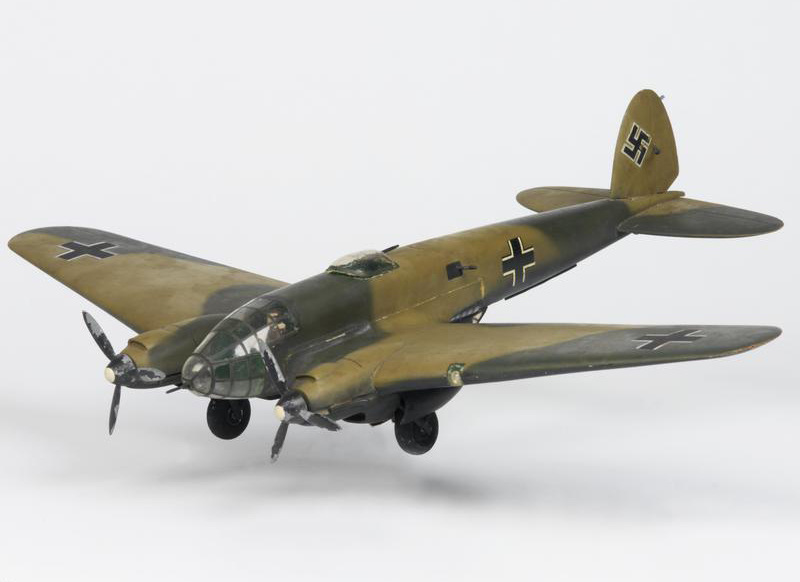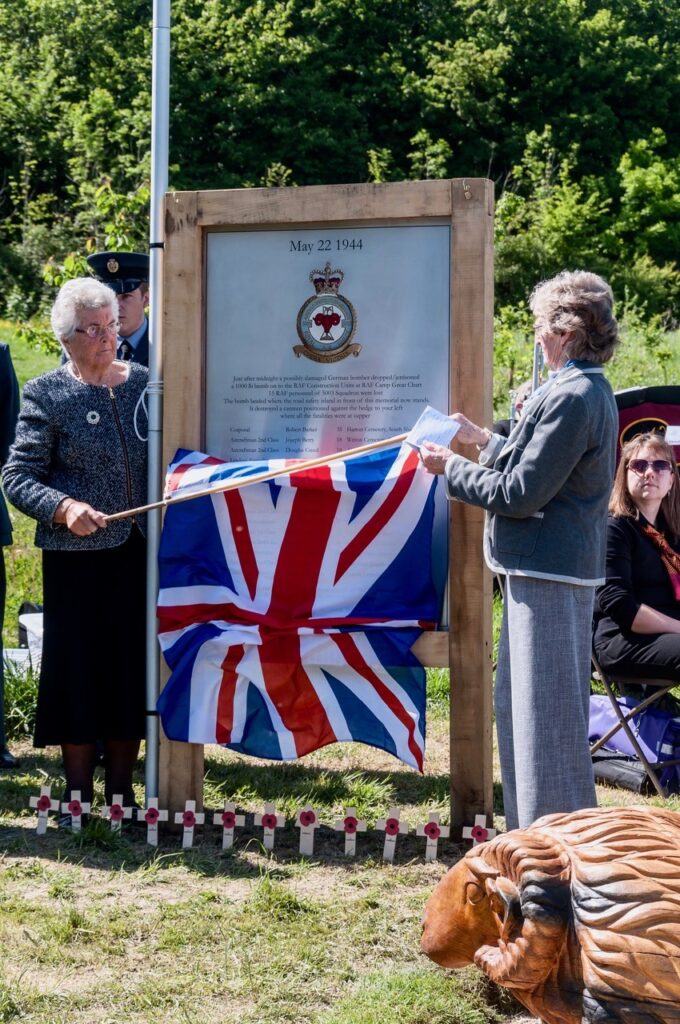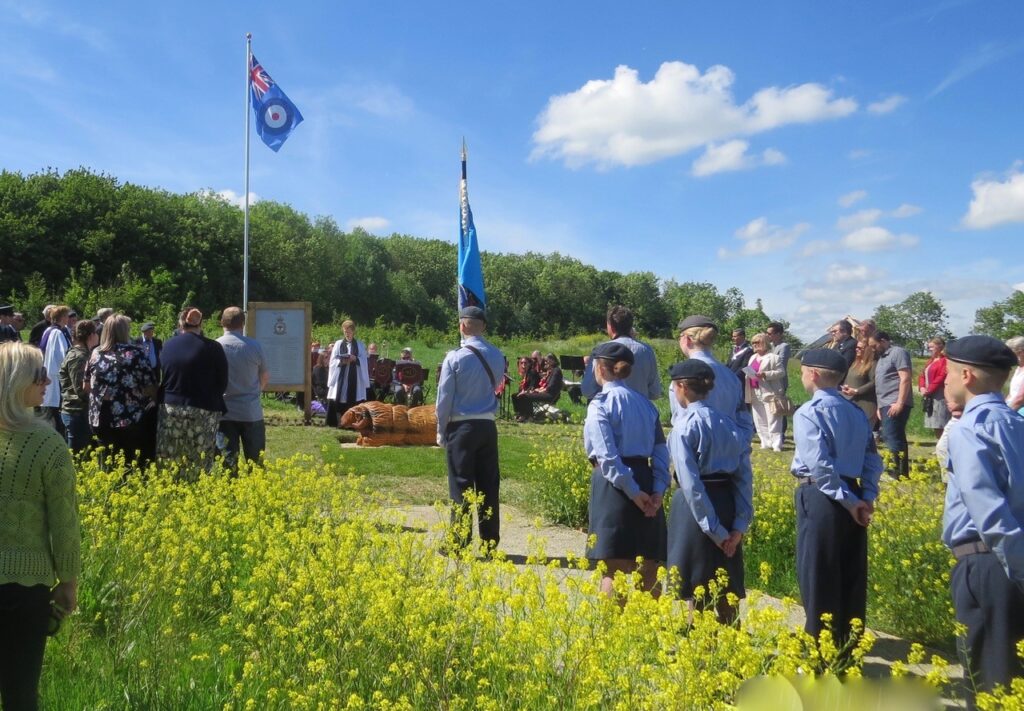Authors: Ian Wolverson, Esther Hamilton

You may have read elsewhere on our project website on the key military personnel of airfields such as RAF Ashford – the construction squadrons that made it and other Advanced Landing Grounds possible.
Performing what may be seen as not such glamourous roles as RAF Ashford’s RCAF and USAAF pilots, these soldiers were still putting their lives on the line.
Just after midnight, on the 22nd of May 1944, 15 RAF personnel from the 5003 unit were killed after a Luftwaffe bomber aircraft dropped an extremely powerful bomb near their tented field kitchen.
Speaking to researcher Ian Wolverson, Harold Alexander, who served with the 5013rd squadron, witnessed the event:
“…the most vivid memory of the time of my Service – we were dispersed around a field in tents when our Camp was bombed by one lone plane. The bomb landed right in our Field Kitchen resulting in the death of fourteen of our pals and sixteen injured. It was a terrible sight – remains of tents hanging in the trees; our tent had shrapnel holes through the top half – lucky for the four of us, we were on our way back to Camp from a local dance. It was near Ashford, Kent. We were told the next day that the plane was brought down off Dungeness.’”
Harold Alexander had been camping out in a tent on the eastern slopes of Coleman’s Kitchen Wood, and had a clear line of sight of the bombing. A report by George Law, another interviewee, detailed that the bomb was dropped by a Heinkel III (one later seen dropping into the sea off Dungeness that same night), perhaps as a result of the jettisoning a torpedo on the unsuspecting cooks of the 5003rd.

Excavations at Brisley Farm in the early 2000s uncovered Iron Age warrior burials. During these excavations, three plain china War Department mugs, and 16 copper-alloy military buttons (four from RAF tunics) were discovered by archaeologists while excavating the bomb crater, dating to the time of the devastating bombing. [i][ii]
Ian Wolverson was instrumental in setting up a permanent memorial at the site of the event, which was unveiled in May 2017, which includes the 500s squadron badge that, fittingly for a constructor’s squadron, contains a Roman surveying tool, a theodolite.


[i] Barber, L. (2013) ‘The Post-Roman Pottery from Brisley Farm’, in Stevenson, J. (2013) Living by the Sword: The Archaeology of Brisley Farm, Ashford, Kent. pp.290
[ii] Raemen, E. (2013) ‘Post-Roman Metalwork’, , in Stevenson, J. (2013) Living by the Sword: The Archaeology of Brisley Farm, Ashford, Kent. pp.
